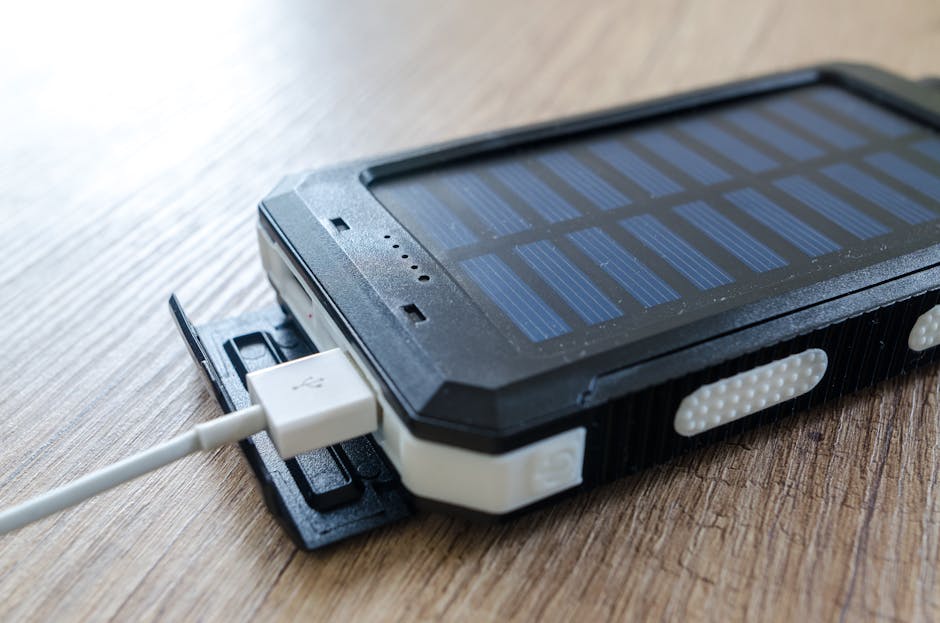Solar Inverter And Battery Combo
In today’s world, where energy efficiency and sustainability are becoming increasingly important, the solar inverter and battery combo is gaining popularity. This powerful duo not only helps in harnessing solar energy but also ensures that you have a reliable power source when the sun isn’t shining. In this article, we will explore what a solar inverter and battery combo is, how it works, its benefits, and important factors to consider when choosing one for your home or business.
Understanding Solar Inverters
Before diving into the solar inverter and battery combo, it’s essential to understand what a solar inverter is and its role in a solar power system.
What is a Solar Inverter?
A solar inverter is a device that converts the direct current (DC) electricity generated by solar panels into alternating current (AC) electricity, which is the type of electricity used in most homes and businesses. Without an inverter, the electricity produced by solar panels cannot be used to power your appliances.
Types of Solar Inverters
- String Inverters: These are the most common type of solar inverters. They connect multiple solar panels in a series, converting the DC electricity from all panels into AC electricity.
- Microinverters: These are installed on each solar panel, allowing for individual panel optimization. This is beneficial if some panels receive more sunlight than others.
- Power Optimizers: Similar to microinverters, power optimizers are attached to each panel but still use a central inverter for conversion.
What is a Solar Battery?
A solar battery stores the excess energy generated by your solar panels for later use. This is particularly useful during the night or on cloudy days when solar production is low.
Types of Solar Batteries
- Lithium-ion Batteries: These are the most popular choice due to their high energy density, longer lifespan, and faster charging capabilities.
- Lead-acid Batteries: A more traditional option, lead-acid batteries are less expensive but have a shorter lifespan and lower energy density compared to lithium-ion batteries.
- Saltwater Batteries: An emerging technology, saltwater batteries are environmentally friendly and safe but are still in the early stages of development.
The Solar Inverter and Battery Combo
The solar inverter and battery combo refers to a system that integrates both components to create a more efficient and reliable energy solution. This combination allows you to store excess solar energy and use it when needed, maximizing your energy independence.
How Does It Work?
When your solar panels generate electricity, the inverter converts the DC electricity into AC electricity for immediate use. Any excess energy that is not used can be stored in the battery for later use. During times when solar production is low, the inverter can draw power from the battery, ensuring that you have a continuous power supply.
Benefits of a Solar Inverter and Battery Combo
Investing in a solar inverter and battery combo comes with numerous advantages:
- Energy Independence: By generating and storing your own energy, you reduce reliance on the grid and protect yourself from rising energy costs.
- Backup Power: In case of a power outage, your battery can provide backup power, keeping your essential appliances running.
- Environmental Impact: Utilizing solar energy reduces your carbon footprint and contributes to a cleaner environment.
- Increased Property Value: Homes equipped with solar energy systems often see an increase in property value.
Factors to Consider When Choosing a Solar Inverter and Battery Combo
When selecting a solar inverter and battery combo, several factors should be taken into account to ensure you make the best choice for your needs.
1. Energy Needs
Assess your energy consumption to determine the size of the inverter and battery you need. Consider factors such as:
- Your average daily energy usage (in kilowatt-hours).
- The number of appliances you want to power during an outage.
- Your peak energy usage times.
2. Battery Capacity
The capacity of the battery is crucial as it determines how much energy can be stored. Look for batteries with a higher capacity if you want to power more appliances or have longer backup times.
3. Inverter Efficiency
The efficiency of the inverter affects how much of the generated solar energy is converted into usable electricity. Look for inverters with high efficiency ratings (above 95%) to maximize your energy output.
4. Warranty and Lifespan
Check the warranty offered by the manufacturer. A longer warranty often indicates a more reliable product. Additionally, consider the lifespan of both the inverter and battery, as this will impact your long-term investment.
5. Installation and Maintenance
Consider the installation process and any maintenance requirements. Some systems may require professional installation, while others can be set up as DIY projects. Regular maintenance is also essential to ensure optimal performance.
Installation Process
Installing a solar inverter and battery combo typically involves several steps:
- Site Assessment: A professional will evaluate your property to determine the best placement for solar panels, the inverter, and the battery.
- System Design: Based on your energy needs, a customized system design will be created.
- Installation: The solar panels, inverter, and battery will be installed according to the design specifications.
- Connection: The system will be connected to your home’s electrical system, ensuring proper integration.
- Testing: The system will be tested to ensure everything is functioning correctly before you start using it.
Cost Considerations
The cost of a solar inverter and battery combo can vary widely based on several factors:
- System Size: Larger systems with more panels and higher capacity batteries will cost more.
- Type of Equipment: Lithium-ion batteries are generally more expensive than lead-acid batteries.
- Installation Costs: Professional installation can add to the overall cost, but it ensures proper setup and safety.
- Incentives and Rebates: Check for local,




